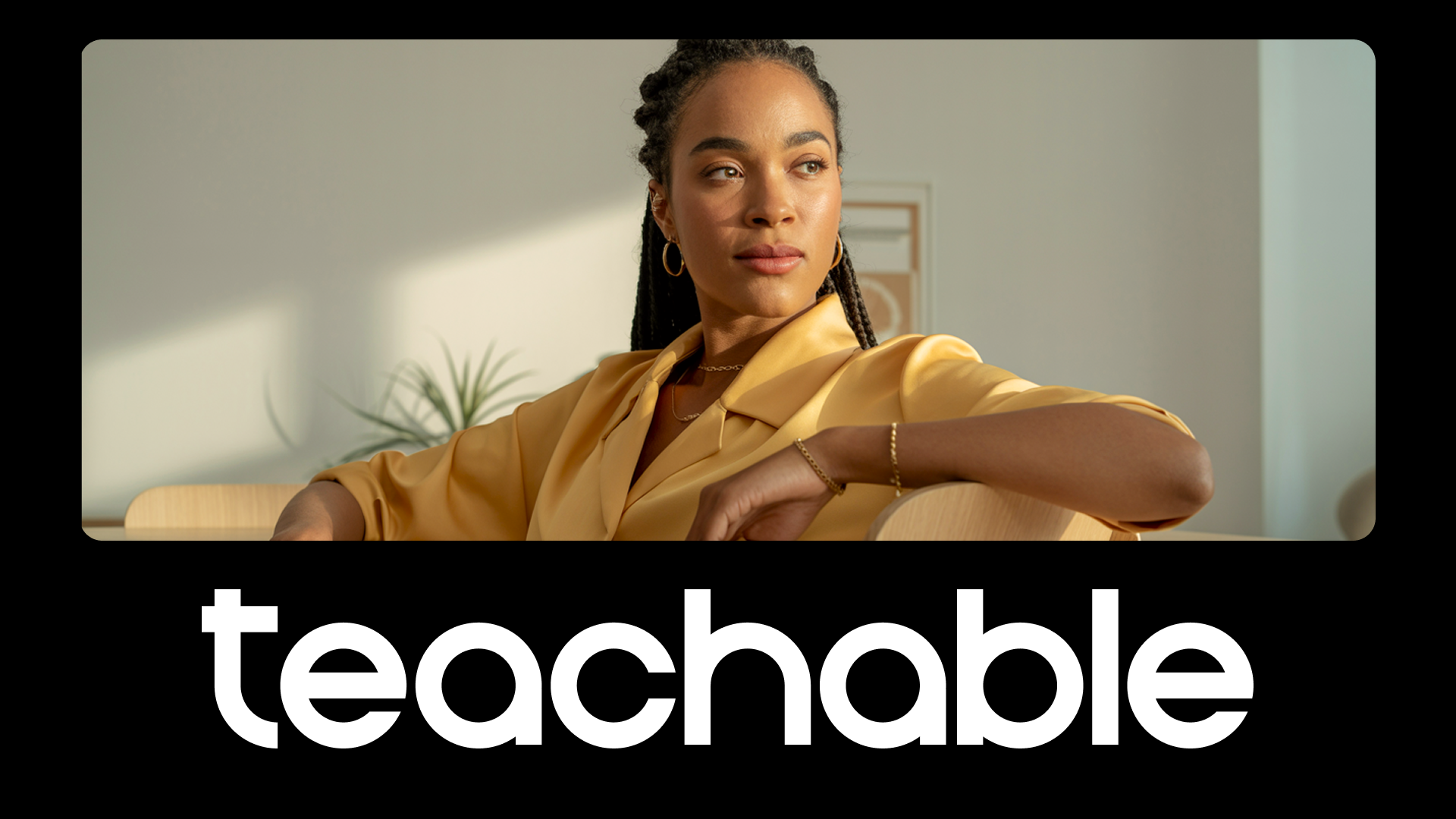Every small business owner dreams of the day when the brand they’ve been working so hard to build is everything they’ve could have ever imagined and more. Whether it’s finding the perfect branding colors or learning to craft the ideal copy for emails, in the beginning you may find yourself tweaking things along the way until you get it just right. If you want to stand out from your competition, finding your personal brand identity is a great way to leave a lasting impression on your potential audience or customers—ensuring they choose you over your competitors.
So, what is a brand identity?
When you think of a” brand,” your mind may automatically shift to the name or logo of a popular company that we all interact with daily. However, a brand identity is that and so much more. According to the American Marketing Association (AMA), a brand and, therefore, a brand’s identity encompasses every mark (tangible or otherwise) that it leaves on its audience or consumer. If you’re curious, the AMA defines a brand as:
“… a name, term, design, symbol, or any other feature that identifies one seller’s goods or service as distinct from those of other sellers. ISO brand standards add that a brand “is an intangible asset” that is intended to create “distinctive images and associations in the minds of stakeholders, thereby generating economic benefit/values.”
Now, we know that no brand’s identity is as cut and dry as a dictionary definition. So, if you’re looking for real, actionable ways to find your brand identity for the first time—or re-evaluate your brand identity, check out the tips below.
How to understand and find your brand identity
1. Audit your current brand identity and story
There’s high level of competition in almost any industry that you can think of, nowadays. Therefore, it’s often a brand’s story that shapes its identity. For example, you may know GoPro as a destination for cameras, lifestyle gear, and much more. However, a big part of their brand story is that it helps people catch memories while living in the moment. The founder Nick Woodman—a surfer, skier, and motorsports enthusiast—created the company after looking for options to film him and his friends surfing. When it comes to how to find your brand identity, dig deep into your “why” to determine your brand’s story. And, explore how it may separate you from the competition.
2. Consider your position compared to competition
The only time comparison should drive your business decisions is when we’re talking about your brand’s positioning. Simply put, brand positioning refers to how your brand is different from your competitors in your customers’ minds and how consumers view you. Take the time to scope out the competition and clearly define how you intend to position your brand. Pay particularly close attention to what it is that you have to offer that your peers don’t.
3. Deep dive into your brand associations—and be consistent
Branding is the one area where the age-old saying “don’t judge a book by its cover” may be incorrect. Brand associations such as your logo, colors, font, tagline, etc., are essential attributes that allow people to point you out amongst a crowd of other companies. It’s the reason why most people can identify a McDonald’s versus a Motorola logo. Both of these “brands” use the letter “M” as identifiers but with a different font, color, and feel to make them easily identifiable. Consider doing the same for your brand and keeping a record of it as your brand grows and evolves.
4. Ask: “If my brand was a person, how would people describe their personality”?
Teachable believes in the transformative power of knowledge and wants to support creators in their endeavors to transform their expertise into world-class courses. Knowledgeable, warm, and supportive are just a few personality traits that we want our creators to associate with our brand. Take the time out to ask yourself what words want your students and customers to associate with you. Keep asking this question until you can respond with clarity and without hesitation.
Finding a brand identity will be an on-going process for most business owners. And it’s OK to learn and grow! As long as you pinpoint those areas that define both you and your business, it’s more than fine to evolve.
Join more than 150,000 creators who use Teachable to make a real impact and earn a real income.


.png)



.png)

